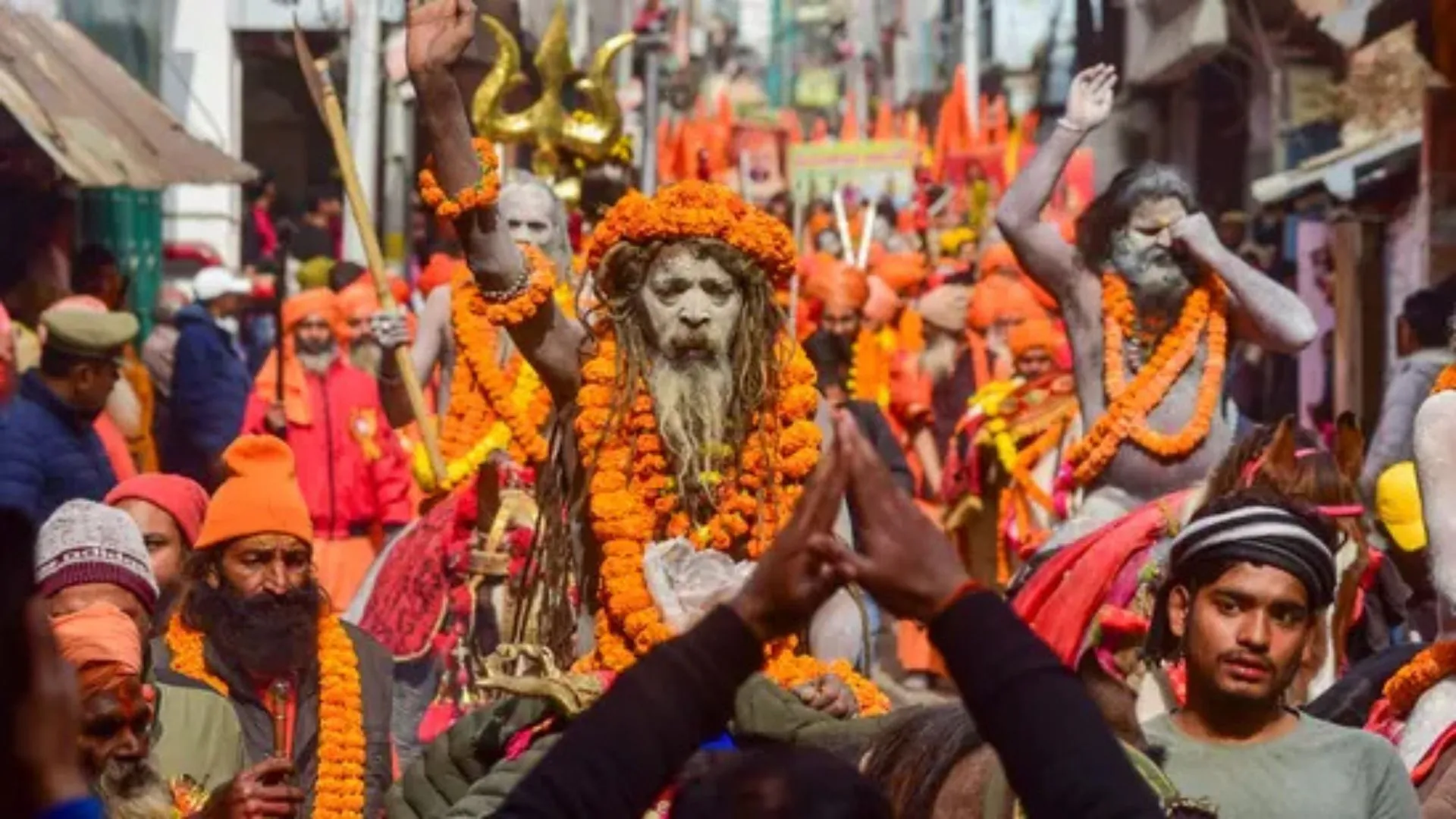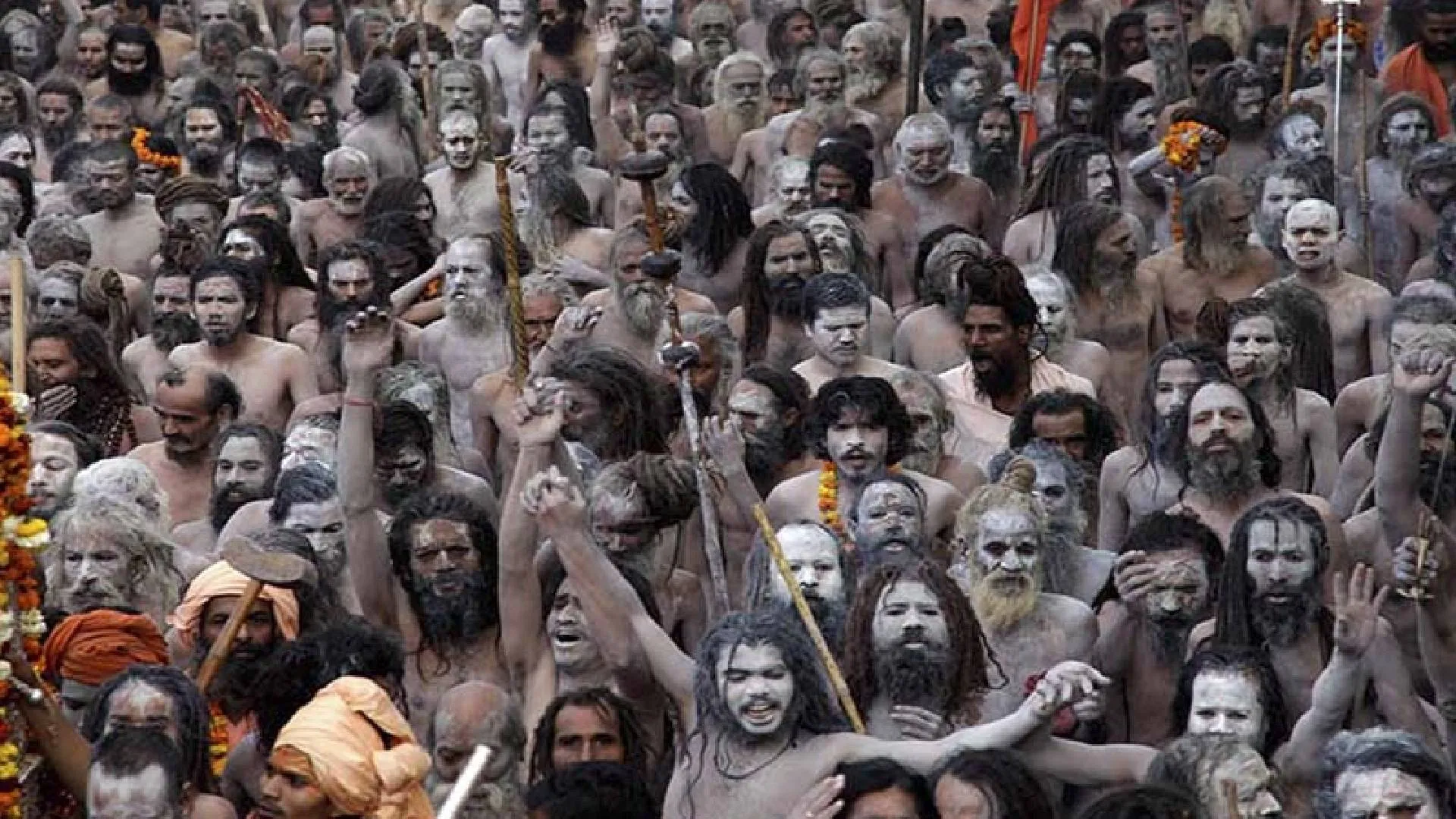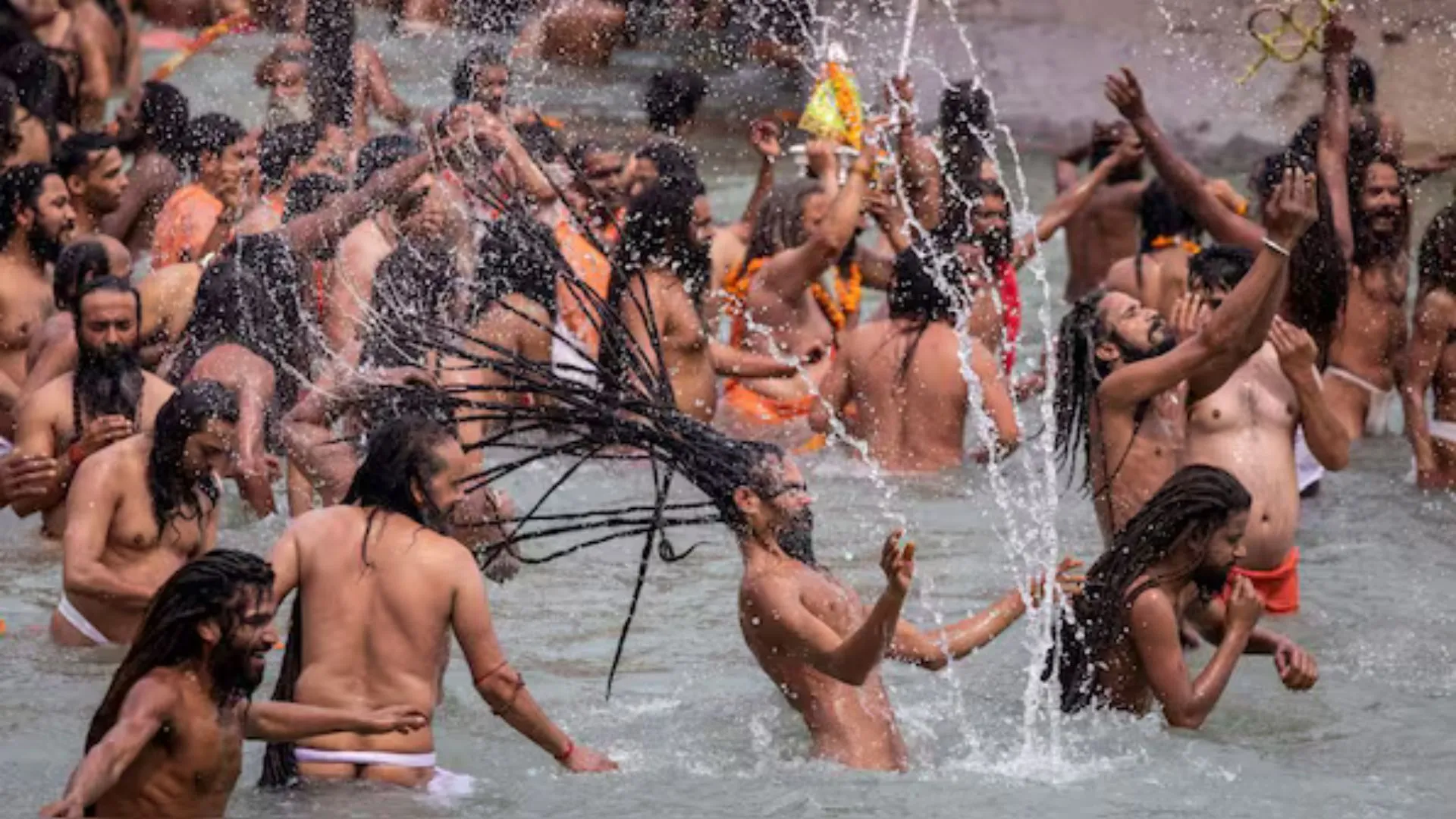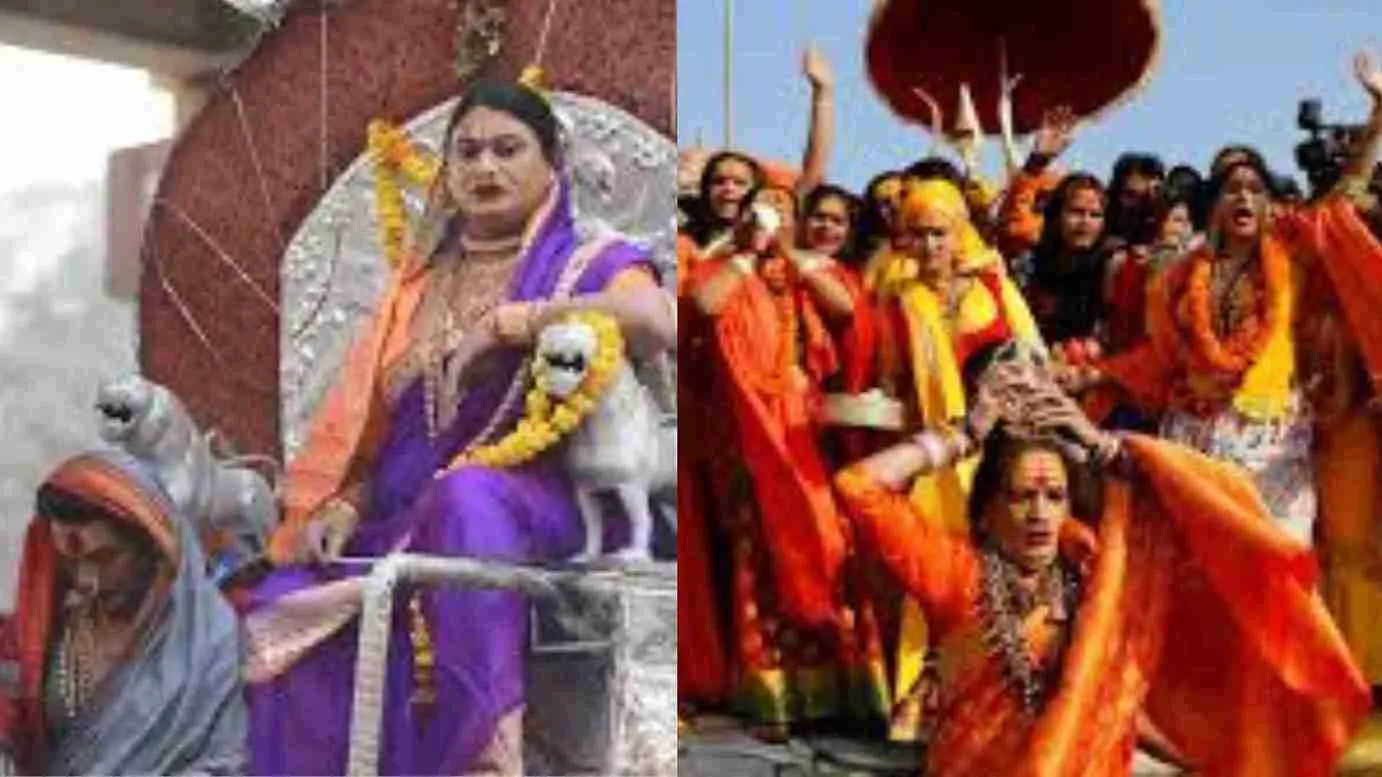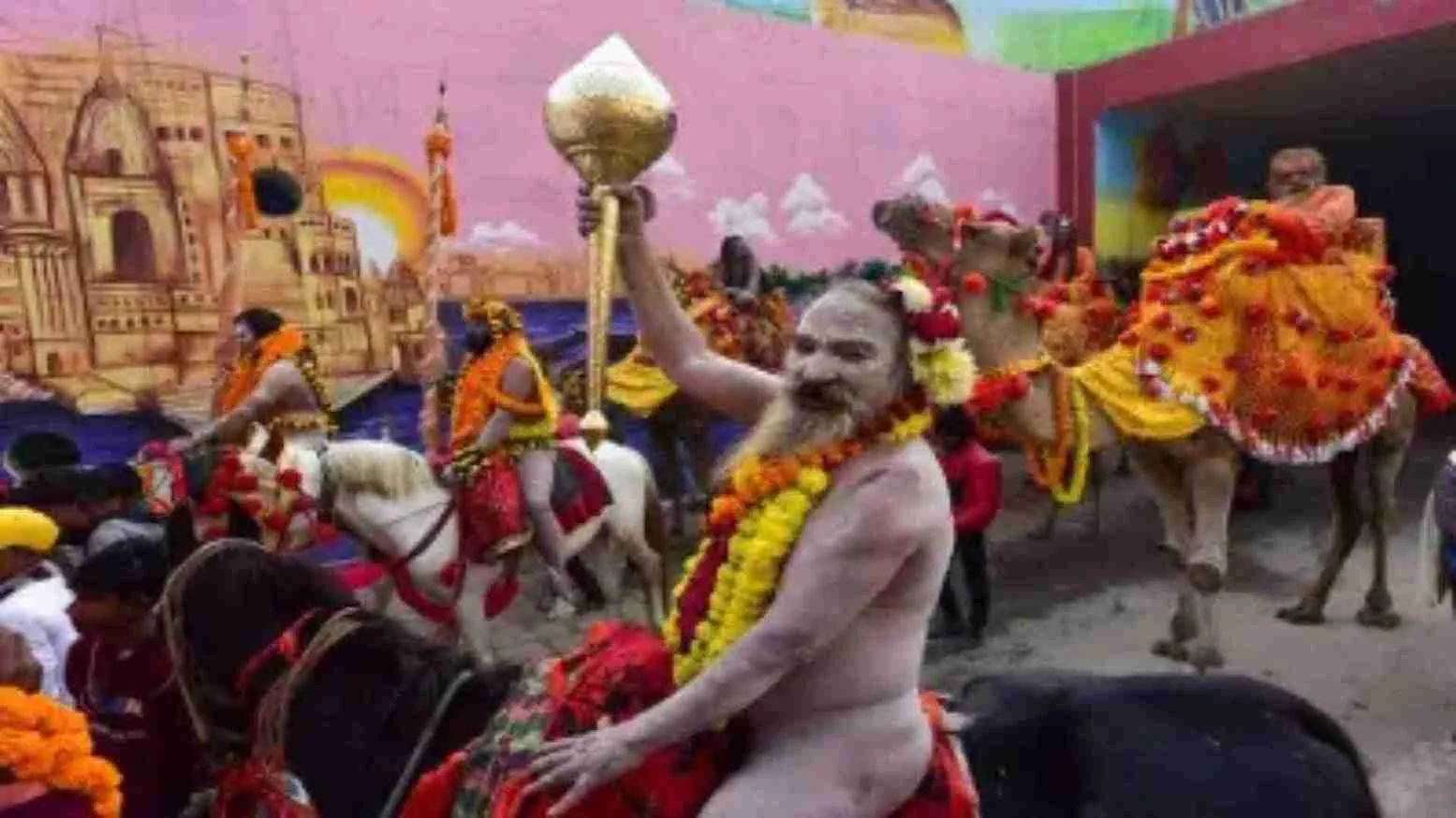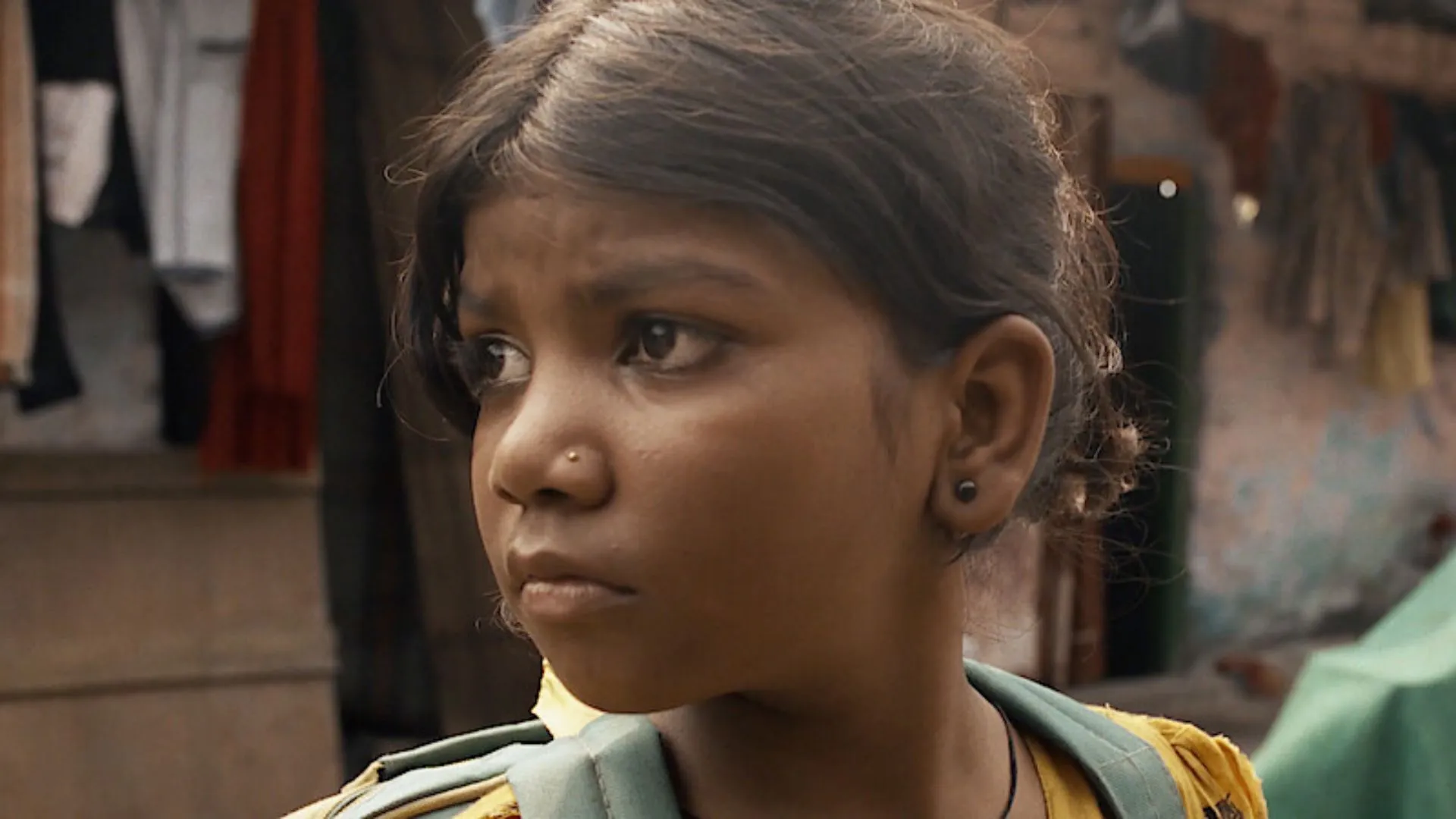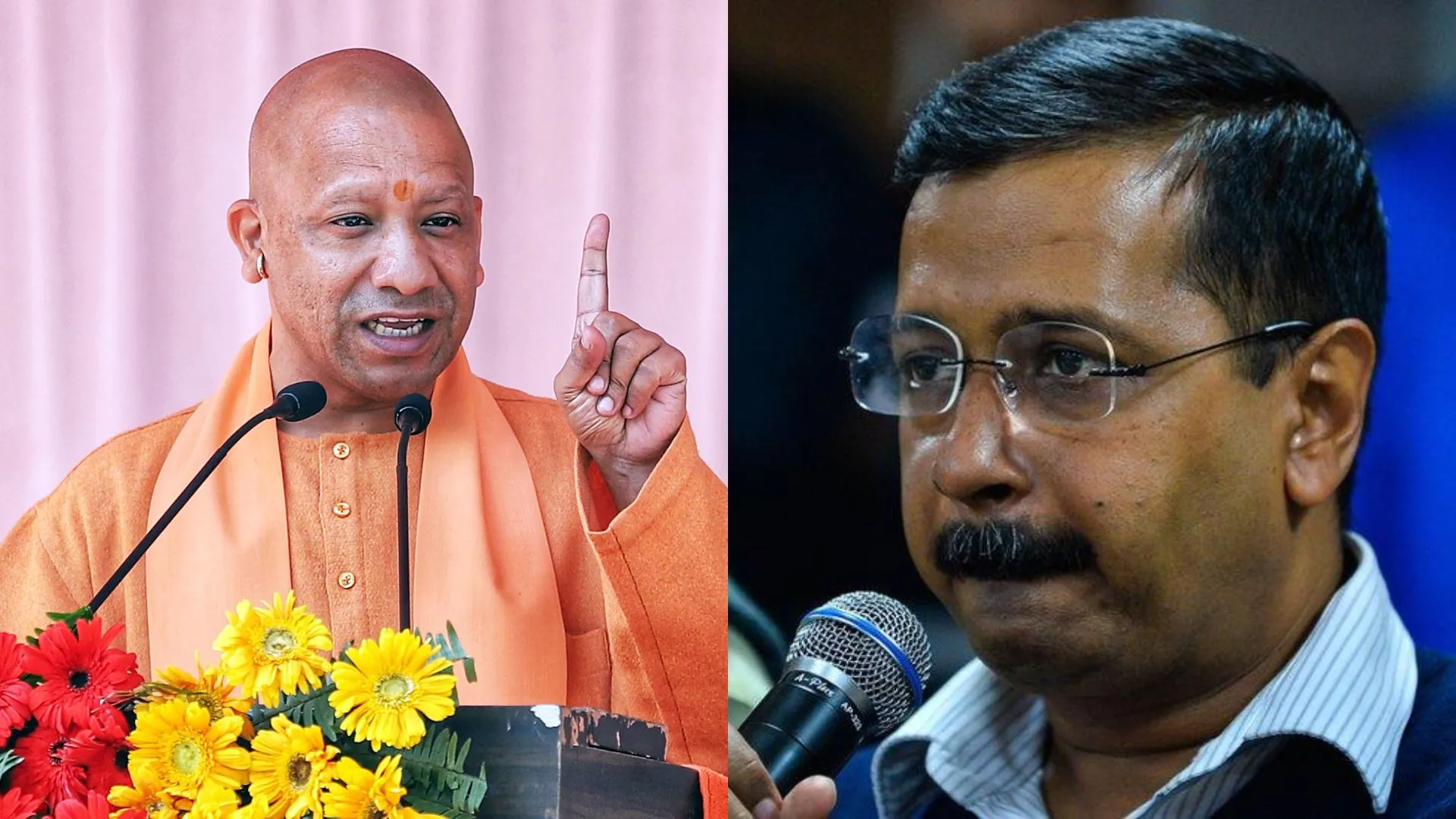The festival of Navratri is celebrated with prayers and gaiety at the beginning of the Ashwin (autumn) and the beginning of Chaitra (spring). This period is a time for self-referral and getting back to the source. During this time of transformation, nature sheds the old and gets rejuvenated; animals hibernate and life emerges back afresh in the spring.
‘Ratri’ means night and night brings rejuvenation. Matter reverts to its original form to recreate itself again and again. The creation is cyclical, not linear; everything is recycled by nature — a continuous process of rejuvenation. The human mind, however, lags behind in this routine cycle of creation.
Navratri is an occasion for one to take the mind back to its source. The seeker gets back to the true source through fasting, prayer, silence and meditation. It gives relief at the three levels of our existence — physical, subtle and causal. While fasting detoxifies the body, silence purifies the speech and brings rest to the chattering mind, and meditation takes one deep into one’s own being.
The inward journey nullifies our negative karmas. Navaratri is a celebration of the spirit or prana which alone can destroy the demons — Mahsihsasura (inertia), Shumbha-Nishumbha (pride and shame) and Madhu-Kaitabh (extreme forms of craving and aversion). They are completely opposites, yet complementary. Inertia, deeply ingrained negativities and obsessions (raktabeejasura), unreasonable logics (chanda-munda) and blurred vision (dhoomralochan) can be overcome only by raising the level of prana shakti; the life-force energy. The nine days of Navratri are also an opportunity to rejoice in the three primordial qualities that make up the universe. Though our life is governed by the three gunas, we seldom recognise and reflect on them.
The first three days of Navaratri are attributed to tamo guna, (it leads to depression, fear and emotional instability) the second three to rajo guna (this leads to anxiety and feverishness) and the last three days to sattva guna (when Sattva dominates then we are clear, focused, peaceful and dynamic). Our consciousness sails through the tamo and rajo gunas and blossoms in the sattva guna of the last three days. The three primordial gunas are considered the feminine force of our magnificent universe. By worshiping the Mother Divine during Navaratri, we harmonise the three gunas and elevate sattva in the atmosphere. Whenever sattva dominates in life, victory follows.
The essence of this knowledge is honoured by celebrating the tenth day as Vijaydashmi. Though Navratri is celebrated as the victory of good over evil, the actual fight is not between good and evil. From the Vedantic point of view, the victory is of the absolute reality over the apparent duality. In the words of the great sage, Ashtavakra, it is the poor wave which tries to keep its identity separate from the ocean, but to no avail. The Mother Divine is recognised not just as the brilliance of intellect (buddhi), but also the confusion (bhranti); she is not just abundance (lakshmi), she is also hunger (shudha) and thirst (trishna). Realising this aspect of the Mother Divine in the entire creation leads one to a deep state of Samadhi. This gives an answer to the age-old theological struggle of the Occident.
Through wisdom, devotion and nishkama karma, one can attain advaita siddhi or perfection in the non-dual consciousness. Kali is the most horrific manifestation of Nature. Nature symbolises beauty, yet it has a horrific form. Acknowledging the duality brings a total acceptance in the mind and puts the mind at ease. Though the microcosm is very well within the macrocosm, its perceived separateness is the cause of conflict. For a gyani (wise), the entire creation becomes alive and he recognises life in everything in the same way children see life in everything.
The Mother Divine or the pure consciousness itself pervades all the forms and has all the names. Recognising the one divinity in every form and every name is the celebration of Navratri. Hence, special pujas honouring all aspects of life and nature are performed during the last three days of Navratri.



